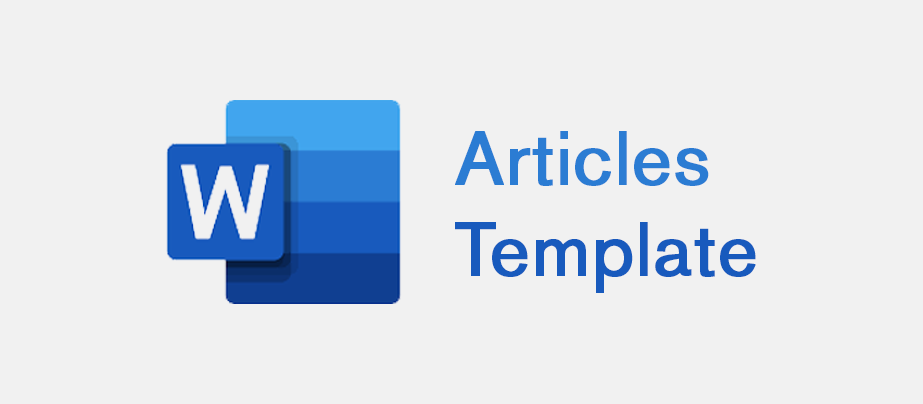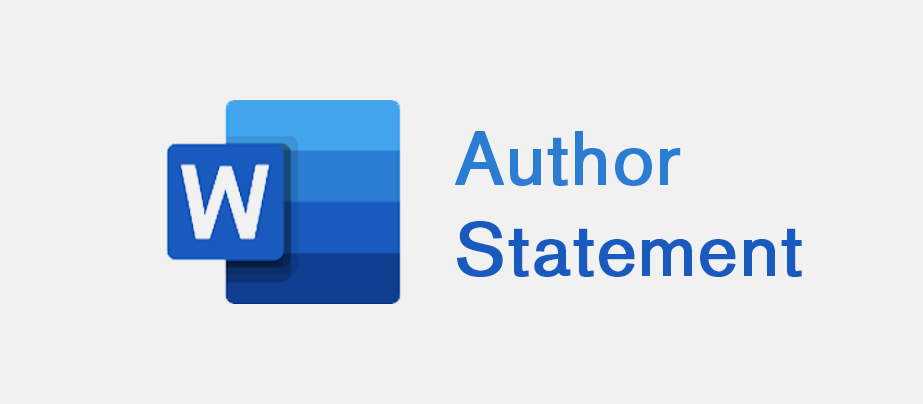Promoting Maqashid al-Shari'ah and Achieving Sustainable Economic Development: the Potential of Proposed Two Tier Mudarabah Business Model on Cash Waqf
DOI:
https://doi.org/10.22373/jms.v19i1.2013Keywords:
Waqf, Maqasid al-Shari`ah, Microfinance, Poverty, Two Tier MudarabahAbstract
Islamic microfinance provides an alternative model for a significant number of underprivileged people who are not served by conventional microfinance. In order to give access to sustainable services to a greater extent, the Islamic microfinance is in paramount need of the adoption of innovative business models and sound practices into the industry. To this end, the research seeks to propose two tier mudarabah model based on cash waqf as an alternative to Islamic microfinance institutions. The objectives of the study are: to a) help develop and implement an appropriate business model; b) safeguard the maqasid al-Shari`ah so as to promote the well-being of the people through establishing justice and eliminating hardship; and 2) help make a reform in the present institutional framework for Islamic microfinance and waqf institutions. The study finds that cash waqf based microfinance institutions can play an important role inter alia in financial inclusion and developing socio-economic conditions of the poor and underprivileged people in society.References
Abdullah, A. K. M., and Zaid Safdar, 2010. Linking up and reaching out in Bangladesh: information and communications technology for microfinance. World Bank Publications.
Adam, S. &Lahsasna, A., 2013. Cash Endowment As Source of Fund in Islamic Micro-Financing. 4th International Conference on Business and Economic Research (4th ICBER 2013) Proceeding, (March), pp.1362–1378.
Ahmed, Habib, 2007.Waqf-based microfinance: realizing the social role of Islamic finance. World Bank.
Akhter, W., Akhtar, N. &Jaffri, S.K.A., 2009. Islamic Microfinance and Poverty Alleviation: A Case of Pakistan. Proceeding 2nd CBRC, pp.1–8.
Bagazonzya, H.K. et al., 2010. Linking up and reaching out in Bangladesh information and communications technology for microfinance.
Berthold, S. Megan, 2015. Rights-Based Clinical Practice with Survivors of Human Trafficking. Human Rights-Based Approaches to Clinical Social Work.Springer International Publishing.63-84.
Çizakça, M., 1998.Awqaf in History and Its Implications for Modern Islamic Economies.Islamic Economic Studies, 6(1), pp.43–70.
Çizakça, M., 1998.Awqaf in History and Its Implications for Modern Islamic Economies.Islamic Economic Studies, 6(1), pp.43–70.
Cizakca, Murat, 1997. Towards a comparative economic history of the waqf system.Al-Shajarah 6 : 63-102.
Clarke, Matthew, and David Tittensor, 2014. Islam and development: exploring the invisible aid economy. Ashgate.
Cull, Robert, AsliDemirgüç-Kunt, and Jonathan Morduch, 2010 "Microfinance meets the market." Contemporary Studies in Economic and Financial Analysis 92: 1-30.
El-Gamal, M. et al., 2014. Bank-insured RoSCA for microfinance: Experimental evidence in poor Egyptian villages. Journal of Economic Behavior and Organization, 103, pp.S56–S73.
El-Gari, Mohamed A., 2004."The Qard Hassan Bank." International Seminar on Nonbank Financial Institutions: Islamic Alternatives.
Hashim, Ashraf bin Md., 2007 “The Collection of Waqf through Insurance Companies: A Critical Analysis of the Malaysian Experience." Review of Islamic Economics11.1: 63-74.
Hulme, David, 2000. Impact assessment methodologies for microfinance: theory, experience and better practice. World development 28.1: 79-98.
Kahf, Monzer,2003. The role of waqf in improving the ummah welfare.International Seminar on Waqf as a Private Legal Body organized by the Islamic University of North Sumatra, Medan, Indonesia.
Ledgerwood, Joanna, 1999. Sustainable Banking with the Poor Microfinance Handbook.
Masyita, D. & Ahmed, H., 2011. Why is Growth of Islamic Microfinance Lower than Conventional ? A Comparative Study of the Preferences and Perceptions of the Clients of Islamic and Conventional Microfinance Institutions’ in Indonesia.8th International Conference on Islamic Economics and Finance, pp.1–22.
Md. ShahedurRahaman Chowdhury, 2011. Economics of Cash WAQF management in Malaysia: A proposed Cash WAQF model for practitioners and future researchers. African Journal of Business Management, 5(30), pp.12155–12163.
Mohsin, Magda Ismail Abdel, 2013 "Financing through cash-waqf: a revitalization to finance different needs." International Journal of Islamic and Middle Eastern Finance and Management 6.4: 5-5.
Mohsin, Magda Ismail Abdel, 2009. Cash waqf: A new financial product. Pearson Malaysia.
Salarzehi, Habibollah, HamedArmesh, and DavoudNikbin, 2010.Waqf as a social entrepreneurship model in Islam.International Journal of Business and Management 5.7: p179.
Wilson, Rodney, 2007. Making development assistance sustainable through Islamic microfinance. International Journal of Economics, Management and Accounting 15.2
Zeller, M. & Meyer, R.L.E., 2002.The triangle of microfinance: Financial sustainability, outreach, and impact. Intl Food Policy Res Inst.
Downloads
Published
Issue
Section
License
MEDIA SYARI'AH: Wahana Kajian Hukum Islam dan Pranata Sosial has CC-BY-SA or an equivalent license as the optimal license for the publication, distribution, use, and reuse of scholarly work. Authors who publish with this journal agree to the following terms:
1. Authors retain copyright and grant the journal right of first publication with the work simultaneously licensed under a Creative Commons Attribution-ShareAlike 4.0 International License that allows others to share the work with an acknowledgment of the work's authorship and initial publication in this journal.
2. Authors are able to enter into separate, additional contractual arrangements for the non-exclusive distribution of the journal's published version of the work (e.g., post it to an institutional repository or publish it in a book), with an acknowledgment of its initial publication in this journal.
3. Authors are permitted and encouraged to post their work online (e.g., in institutional repositories or on their website) prior to and during the submission process, as it can lead to productive exchanges, as well as earlier and greater citation of published work (See The Effect of Open Access).
You are free to:
Share — copy and redistribute the material in any medium or format.
Adapt — remix, transform, and build upon the material for any purpose, even commercially.
The licensor cannot revoke these freedoms as long as you follow the license terms.
All papers published in MEDIA SYARI'AH: Wahana Kajian Hukum Islam dan Pranata Sosial are licensed under a Creative Commons Attribution-ShareAlike 4.0 International License.



.png)


.png)
.png)
.png)



